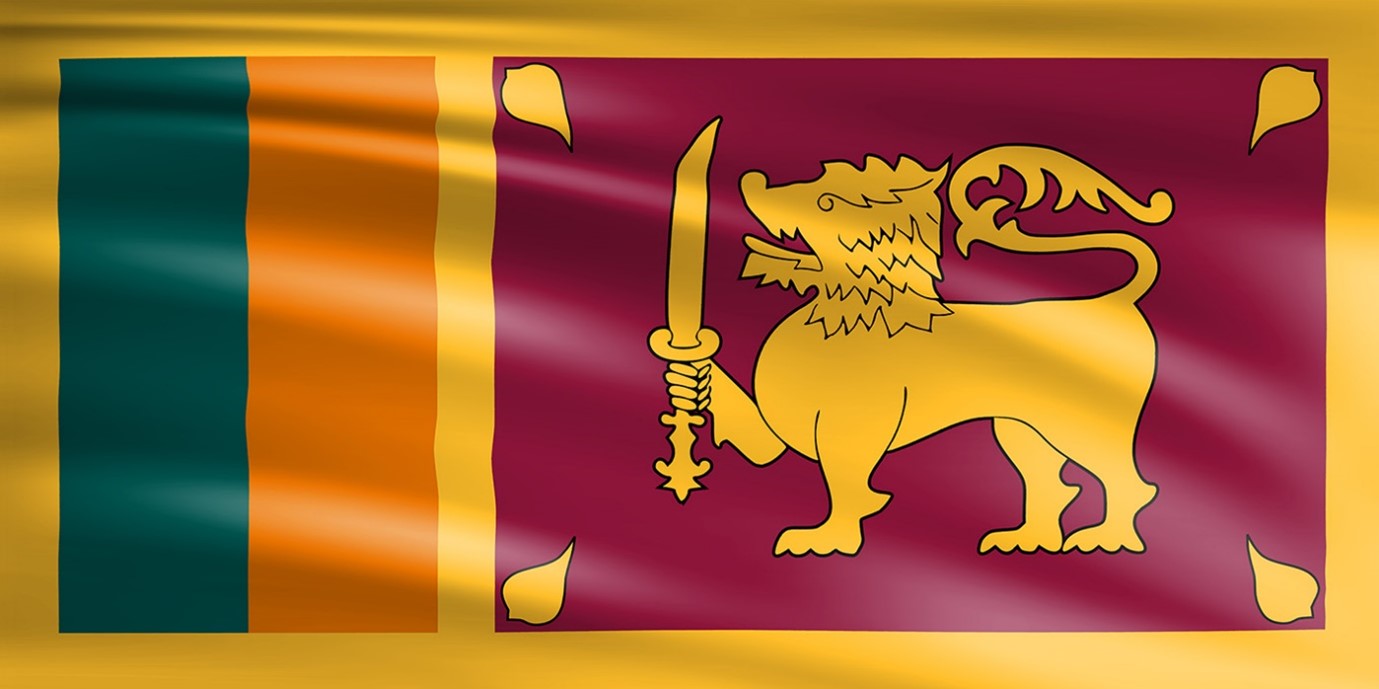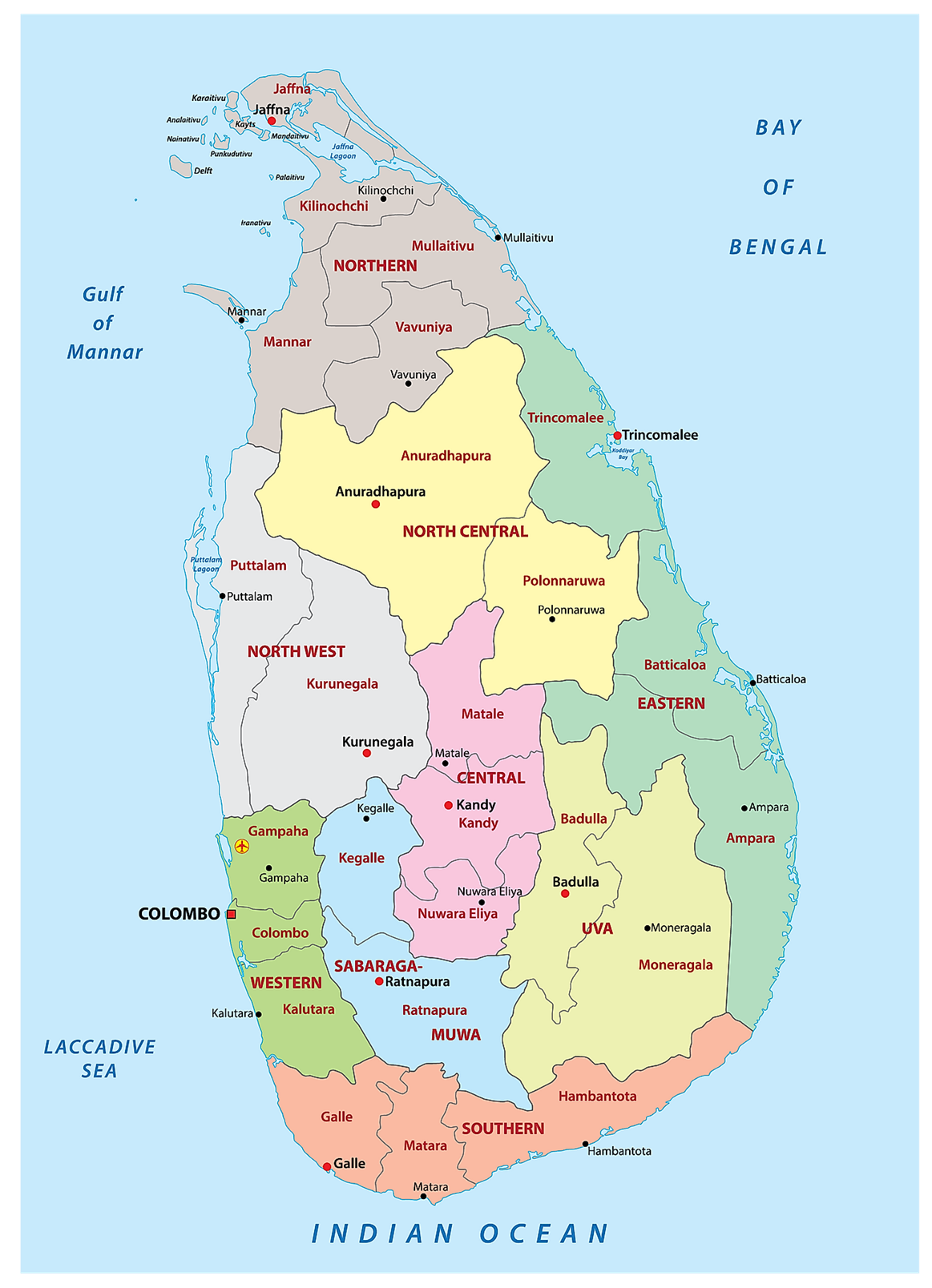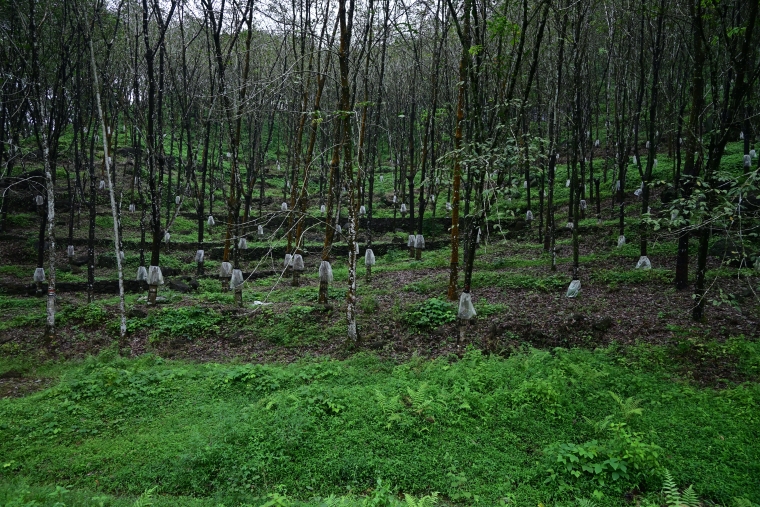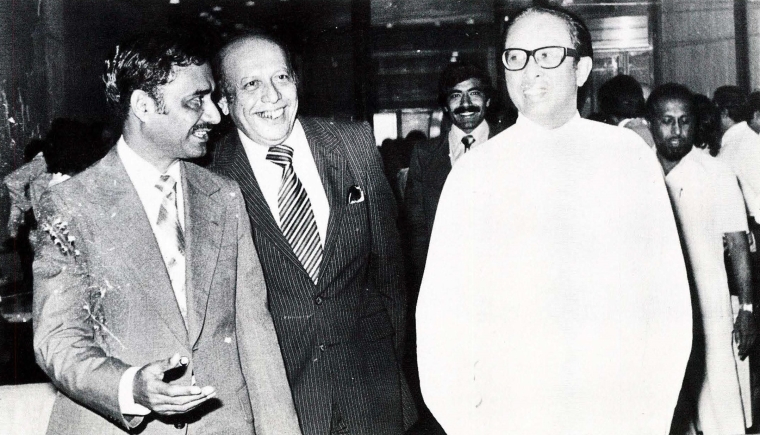For the first time in 28 years the Central Bank of Sri Lanka granted a full licence to a foreign bank to operate in Colombo. This tribute was bestowed on the Bank of Credit and Commerce International, and the bank's first branch opened on 27 April 1979.
Country information
Sri Lanka, the Democratic Socialist Republic of Sri Lanka, is an island country in South Asia that was known as Ceylon until 1976. It lies in the Indian Ocean, southwest of the Bay of Bengal, and southeast of the Arabian Sea, separated from the Indian subcontinent in the south by the Gulf of Mannar and the Palk Strait.
.jpg)
History
The distinctive civilisation of Sri Lanka is rooted in Buddhism with some influences of Hinduism. At a crossroads of maritime routes crossing the Indian Ocean, Sri Lanka was also exposed to cultural influences from other civilizations, like the Muslims, who trace their origin back to Arab traders of the 8th century, the arrival of the Portuguese and Dutch.

Sri Lanka was colonised by the British at the end of the 18th century. After a national movement for political independence and nearly 150 years of British rule, Sri Lanka was made a British Dominion in 1948, a year after the British were forced to India.
Sri Lanka became an independent country and declared a republic in 1972.

The legislative capital of Sri Lanka is Sri Jayewardenepura Kotte and Colombo is the largest city and commercial and financial centre.
Population and language
The population of Sri Lanka in the 1980s was around 15 million.
Sri Lanka accorded official status to Sinhala and Tamil, and English as a recognised language
Economy
The country's main economic sectors were tourism, tea plantations, clothing, rice and rubber cultivation, and other agricultural products.
Overseas employment, especially in the Middle East, also contributed substantially in foreign exchange earnings.
In 1824 a tea plant was brought to then Ceylon by the British from China and was planted in the Royal Botanical Gardens in Peradeniya for non-commercial purposes. Commercial cultivation of tea commenced in1852 and by 1965 Sri Lanka became the world's largest tea exporter.
While the production and export of Ceylon tea, which remains a trademark national export, rubber, coffee, textiles, sugar, and other commodities remain important, industrialisation and imports increased the importance of finance.
.jpg)

The country depended on imports for nearly three-fourths of its food requirements and almost all of its manufactured goods.
The development of the port in Colombo raised the strategic importance of the island as a centre of trade in the India Ocean for trans-shipment purposes. In 2019 over 30,000 vessels were reported to be using the East-West shipping route.

Sri Lanka also has resource potential in minerals such as gemstones, graphite, ilmenite, iron ore, limestone, quartz, mica, industrial clays and salt. Small but commercially extractable amounts of nonferrous metals and minerals like titanium, monazite, and zircon are contained in the beach sands of some areas.
BCCI in Sri Lanka
Until the late 1970s, commercial banking was the near-exclusive monopoly of two state-run banks, the Bank of Ceylon and the People’s Bank. The post-liberalisation period allowed the establishment of several private commercial banks and an overall expansion in banking, particularly with the government’s decision in 1979 to allow foreign banks to open branches in Sri Lanka.
BCCI established its presence in Sri Lanka by opening a branch in Colombo in April 1979, the growing commercial and financial centre of the country. It was the first time in 28 years that the Central Bank of Sri Lanka granted a full licence to a foreign bank to operate in Colombo.

The branch of Bank of Credit and Commerce International (Overseas) Ltd (BCCI) was officially opened on 27 April 1979 by Mr Ronnie de Mel, Finance and Planning Minister.
The opening BCCI Colombo branch was an historic occasion for as the minister stated quite clearly in his address, "The government does not give permission to anybody and everybody to open banks in Sri Lanka because the country will not permit the creation of an over-banking environment." The minister went on to say that he considered it a privilege to declare the BCCI branch "open for business", which he felt would usher in a new era of economic development for the country.
The minister was aware that BCCI was battling against certain business interests in some countries hindering the bank’s activities and went on to say that the Bank of Credit and Commerce International was an example of the type of banking Sri Lankans would like to see the Bank of Ceylon and the People's Bank adopt.
Colombo branch was located in 1991
22-23 Upper Chatham Street
P O Box 410
Fort Colombo
Tel: (941) 545 840/50
Fax: (941) 547 990
Telex: 21411 BCCI CE, 21838 BCCI CE
As part of BCCI’s aim to serve the Third World, BCCI had looked at the development and progress of Sri Lanka and intended that its Colombo branch, like BCCI branches in other developing countries, would make a constructive contribution to Sri Lanka’s economy for the betterment of the people.
BCCI Colombo offered a full range of domestic and international banking services including foreign exchange transactions.
The branch secured a significant amount of local business that reflected the confidence and trust in BCCI by the local trading community and small businesses in need of short-term capital for their growth and short-term finance for their exports.
The branch’s activities increased following the creation of a Free Trade Zone similar to that that had existed in Singapore for many years.
The new Free Trade Zone attracted substantial foreign investment and boosted Sri Lanka’s exports dramatically, particularly ready-made garments destined for the USA and Europe.
BCCI closure
On 5 July 1991 the Bank of England and other regulators in the west decided to abruptly seized BCCI Groups assets and shut down BCCI's operating branches worldwide.
The priority of the governments and central banks in some countries was to protect their people and the local operations of BCCI continued in a different name after the assets and liabilities were acquired by private investors or another bank.
BCCI Colombo branch was taken over by the Central Bank of Sri Lanka on 8 July 1991 and Seylan Bank (publicly owned Commercial Bank in Sri Lanka) was appointed managers. BCCI Colombo was re-opened for restricted operations on 29 July 1991. The liquidators of BCCI were negotiating possible sale to Seylan Bank. No further information is available.
The BCCI Group majority shareholders considered the abrupt action by western central banks to shut down BCCI in 1991 was unjustified when they already had detailed discussions with the Bank of England and other regulators on a restructuring plan and would have injected further capital, if required.
In a 24-page report not made public but sent to some 60 central bankers worldwide, the United Nations Center on Transnational Corporations said that by simply shutting down the 70-nation banking network that financed international trade of $18 billion a year, the economic damage fell hardest on countries like Nigeria, Bangladesh and Zambia, where B.C.C.I. was an important institution. (New York Times, Feb 5, 1992)
